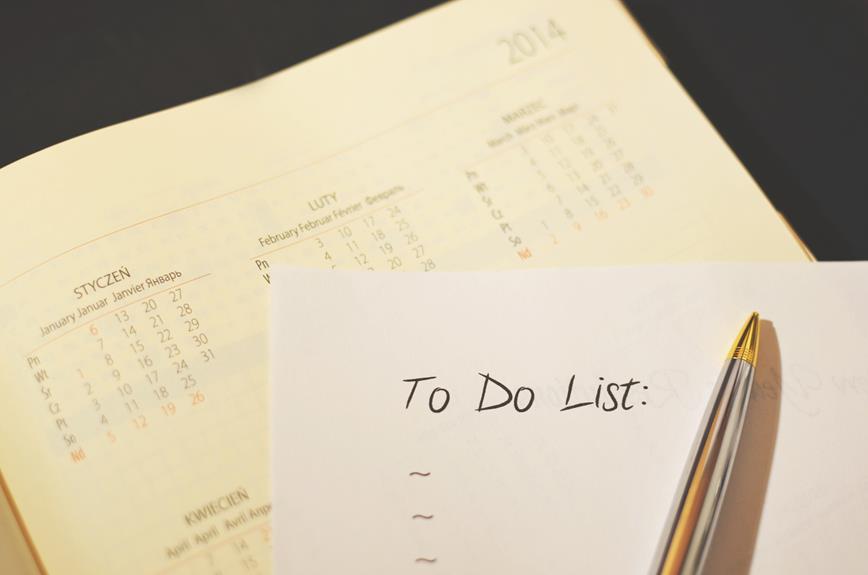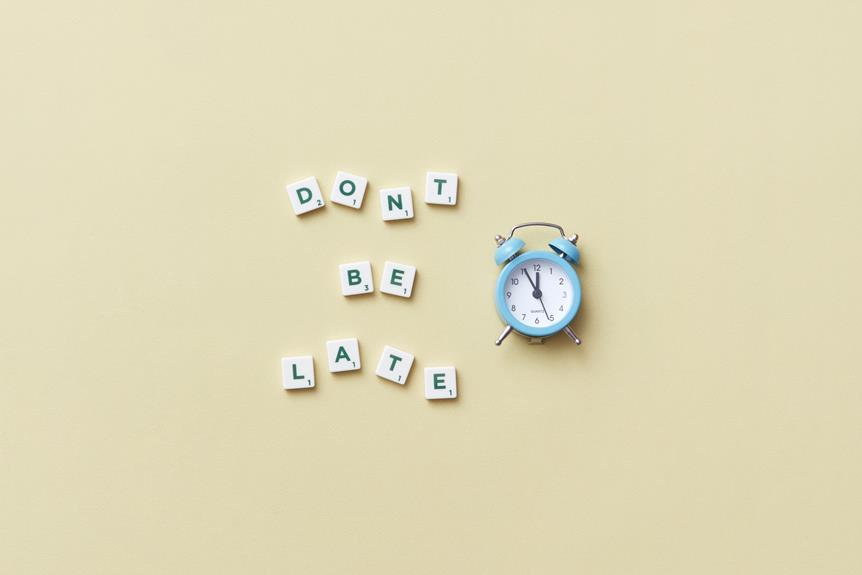Constant contact with digital media can definitely cause stress and makes many people wish for more manual and analog occupations.
With this trend, the stationery world experienced a new upswing. This also brought with it bullet journaling and fit perfectly with the mindfulness and environmental movement of recent years.
The diary is not a new concept, but its great usefulness – especially for the present time – now found a particularly large number of people. Especially many adults are starting this occupation as a stress reliever.
Diary definition
Basically, a diary is the autobiographical recording of experiences, thoughts, opinions, feelings, etc. in chronological form.
History of the diary
Normally a diary is not written for publication, but there are some well-known diaries that were then published. Since diaries contain very personal things and present the true thoughts and feelings of the author unedited, such books are something very special interesting to read.
A blunt insight into private life is offered. This is exactly what makes these books so interesting when they are published, like the diaries of Kurt Cobain or that of Anne Frank, for example.
Early forms of the diary were already found in antiquity, Babylon and the Middle Ages. The current form of the diary began in Europe in the Renaissance.
In addition, paper became more widespread at that time. In addition, opinions, self-confidence and experiences gained in importance at that time.
Questions for the diary – inspiration
We recommend these daily 6 questions:
Morning:
- 3 things I am grateful for?
- How can I make today a better day?
- How can I create and seize new opportunities today?
Evening:
- The 3 best moments/experiences/things of today?
- How was my mindset today?
- What did I learn for myself today that I can apply in the future?
Writing a diary as therapy
Yes, this is really supposed to help! Studies show that diary writing can have a positive effect, especially for processing negative experiences.
In doing so, one consciously tries to open up, to reflect and can write everything off one’s chest in this “safe zone”. The diary is also used as a therapeutic method (poetry therapy or writing as therapy).
(Source: Wikipedia)
5 reasons how diary writing can help you
Relaxation
Let go of complaining things by writing them in the diary and thus taking them out of your thoughts.
Growth
Track and highlight successes and failures with the diary. You can only really grow if you learn from your mistakes and actively pay attention to what worked and what didn’t work.
Mindfulness
Take the time to consciously pay attention to your mood and how you feel. This way you can react and get to the bottom of problems faster.
Motivation
Positive affirmations are also among experts one of the most powerful techniques to positively influence your thoughts and start the day motivated. Celebrate successes, give yourself strength, pay attention to the small but beautiful things, etc..
Decoupling
Just you, a pen and your diary. You can then simply switch the rest to mute for a moment. Focus on your thoughts and writing them down and enjoy the relaxation.
Buy diary tips
Material
Hardcover or softcover?
Actually, it doesn’t matter at all, because what’s more important is how flat the paper lies – and related to that – how well you can write on it. The binding of the book has the greatest influence on how flat pages lie. Thread-bound books are generally better for writing than notebooks with adhesive binding.
Notebooks with fewer pages are sometimes stapled or sewn. Here, however, unfolding the pages usually works well because there are fewer pages.
Paper
The material whose quality you will feel the most. It writes particularly softly and smoothly on high-quality paper. When turning the page, the paper feels good between your fingers.
But not only the contact with the material should be an experience. Good paper absorbs the color of writing materials well and holds it without “bleeding through” or letting the color show through strongly.
Size
Depending on how you use your notebook, a different size is suitable. Everything in DIN A5 format and smaller is particularly suitable if you take your notebook with you.
For example, if you want to work more creatively with your book and only use it at home, a larger format up to DIN A4 is more comfortable to use.
Content
The minimalist
A beautiful cover, good paper quality and BLANKO pages. Reduced to the essentials and focused on high quality is all that the minimalist needs.
The mathematician
KARO above all! If a geometry drawing or a long calculation has to be made spontaneously, the mathematician always has his notebook with checkered inside pages ready.
The writer
When writer’s block finally disappears, the fountain pen is picked up and the story is written down page by page on LINED ivory paper.
The creative
The only thing the creative needs is a DOTTED notebook or notebook and – oh yeah – and the cupboard full of brush pens, washi tape, stamps, ink, stickers, fineliners, glue, etc.
Accessories
It’s the little things that are then a big help to you every day.
Many notebooks have built-in tools and accessories.
- Ribbons let you mark pages without dog-earing.
- Thanks to slip pockets, you can also keep loose notes in the notebook without them falling out.
- A rubber band that holds the book together can also be particularly helpful. If you are on the road and pack the notebook in your handbag or backpack, the book will not be damaged.
- Some notebooks have numbered pages. This allows you to create a table of contents and better organize your notes.
Diary + planner in one
If you write only a few lines per day in your diary, it might make sense to buy a notebook with more features. Our Elementar Planner for example is a day planner, notebook and diary in one!
So you can write your daily diary line on the left side. Below you have space for many other notes and the right side you can use for daily planning.




